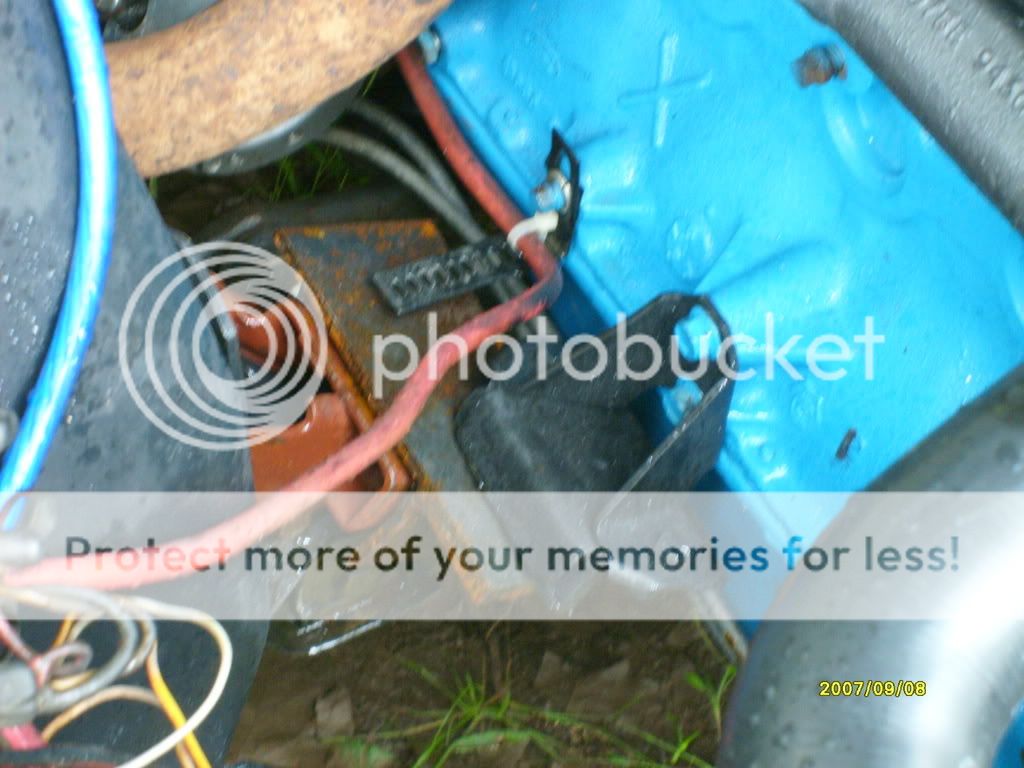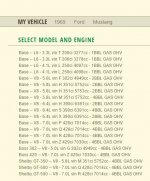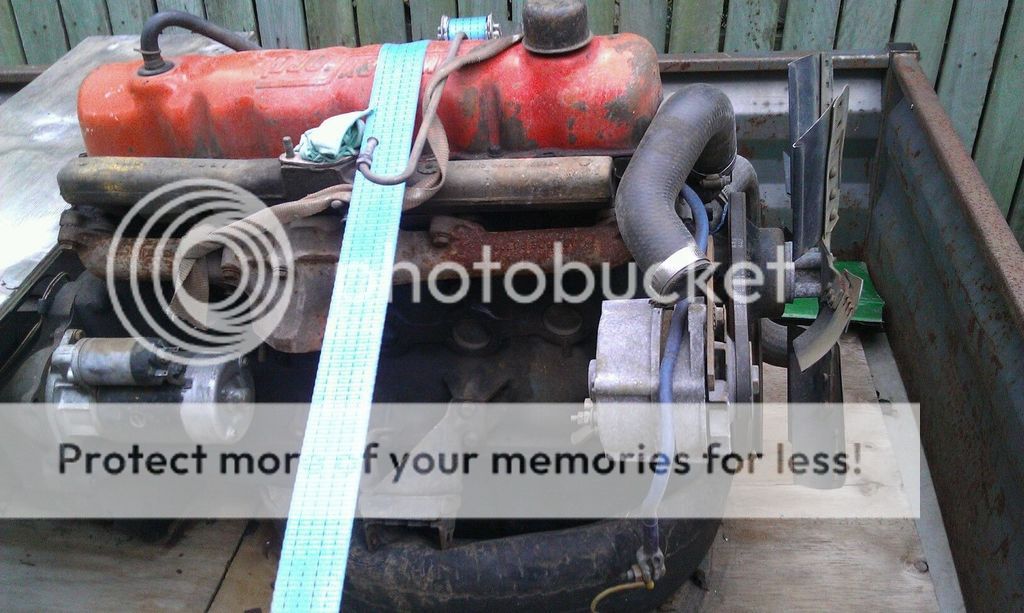Some times the VIN engine code was....a number!
Basically, six cylinder engines codes never changed much in the X shell and early Fox shell S -cars. But before 1969, man o man, they sure did change. In the 1966 LTD/Galaxie, there where four (V, E, B or 5) codes for the 240 Big Six, but it was the same engine all along.
http://www.7litre.org/vininfo.html
Generally,
U = 170
T= 200
L= 250.
But there were U code 156 cube V6's and Z code 171 v6's
And 2.0 and 2.3 engines with other codes.
In 1980, Ford changed all the engine codes, some of the V8 ones stayed the same.
200= B
250= C
1984 Lincolns 2.4 BMW Turbo Diesel was an L code.
The new Essex 3.8 in 192 got a code 6, not a letter at all, and that also happened with the first year the 1968 250 engine appeared in the option charts in the commerial versions of the Falcon pickup, and the Mustang. But none were made that year, but the option code 6 existed in the company literature.
That's pretty much it.
Truck wise, the same with 240's, 300's, and then EFI 4.9's. Generally, an induction change from one type of carb or efi system to another (from 1v to 2v, or 1v to EFI, or from 2v to 4v or CFI, or from 4V to Tripower or Dual Quad) would have a new code, so would a higher compression ratio, but if you have a 5.0 Mustang from 1984 to 1986, or a Turbo 2.3 Capri or Mustang from 1979, 1980, or 1983, the codes were wacked out, and dang confusing. But that's Fords, they did that because they could change any supply willy nilly to suit production schedules. And some of it was because the engines were essentially the same but the heads were different. Like Worzel Gummage and his thinking Head. Ford was Crow man...
The hard part for Early Bronco's and F trucks were the variances in engine type that still had the same engine code...Ford did that quite a lot, and it makes it hard to know what kind of V8 your 351 is, or what engine your
The Aussie 2v 250's were M code for the 1971 to 1975 170 hp 2V engine. But they also had hi and low compression, and odd ball 188 and 221 (3.1 and 3.6 liter) engines. So the USA and Australian six and eight cylinder engine codes varied a little. Your US engine plants cranked out Windsor and Cleveland engines for us from 1966 to 1974, and again from 1992 to 2016. But we often recoded them via Canadian Mercury codes, because our engines were imported throught the British Commonwealth.
Aussies even got base engines with hotter than US spec engines, often way before they were released in the US, like the 1968 302 Windsor 4v HP engine, the 1969 M code 351 Windsor, the 1971 Boss 351, the odd 1973 and 1974 Super Cobra Jet or HO 351C...the transmission option would then govern the kind of engine, and country of origin, that the 1973-1975 Falcon XB GT would get. Each engine was 300 hp SAE Gross, but if manual, you got the US 351 4V HO, but if FMX transmission, you got an Aussie made V8 with Aussie 2V heads and a 4bbl cast iron intake. Yet the VIN code was the same....
http://www.fomoco.com.au/id.html













